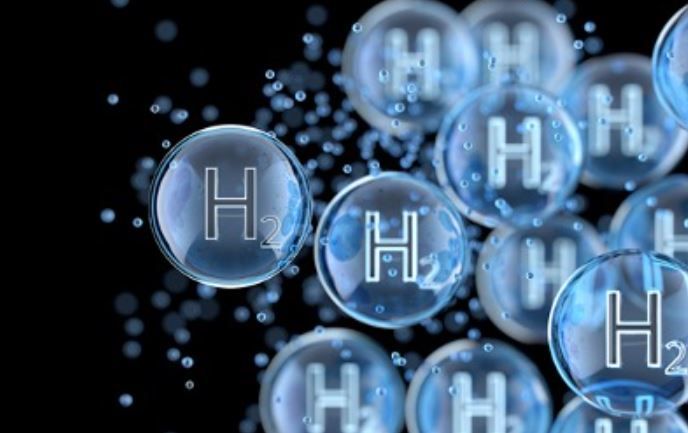Ocior Energy’s successful bid to supply 5,000 tonnes of green hydrogen annually to Hindustan Petroleum Corporation Limited (HPCL) underscores a pivotal moment in India’s push to decarbonize hard-to-abate sectors.
Priced at ₹328 per kilogram under a 25-year build-own-operate (BOO) model, the project is not only economically notable but indicative of growing commercial traction for green hydrogen integration in core industrial operations.
The green hydrogen unit will be built at HPCL’s Visakhapatnam refinery in Andhra Pradesh, where it will substitute grey hydrogen currently used in refining processes. The deployment aims to cut associated CO₂ emissions and aligns with India’s National Green Hydrogen Mission, which targets 5 million metric tonnes per annum (MMTPA) of green hydrogen production by 2030.
At ₹328/kg (approx. $3.90/kg), the project offers a cost benchmark that reflects the progress in India’s green hydrogen value chain. It falls within the range needed for industrial uptake, especially considering anticipated declines in electrolyser costs and the country’s renewable electricity tariffs—among the lowest globally. However, questions remain about the sustainability of such pricing without firm policy frameworks like Contracts for Difference (CfDs) or carbon pricing.
Ocior Energy’s role in the deal strengthens its standing in India’s hydrogen ecosystem. The company has been actively developing large-scale green hydrogen and ammonia projects across the country and abroad. The Visakhapatnam project expands its footprint in the industrial decarbonization space, with a specific focus on high-volume, long-term offtake agreements—a crucial factor in derisking project financing.
While HPCL has made prior announcements regarding its green hydrogen ambitions, this contract adds operational specificity. Similar projects have recently been launched, including L&T Energy Green Tech’s venture at Indian Oil’s Panipat refinery. The pattern signals a nascent but growing trend of public-sector oil companies committing to low-carbon hydrogen supply contracts that integrate renewables directly into refinery infrastructure.
Industry experts note that replacing grey hydrogen with green hydrogen in refining—currently among the largest hydrogen-consuming sectors—has immediate emissions-reduction potential. According to the International Energy Agency, hydrogen use in refineries accounted for over 70 million tonnes of CO₂ in 2022 globally, highlighting the urgency of decarbonization efforts.
The BOO model adopted here ensures long-term commitment from Ocior while reducing the capital burden on HPCL. Yet, scalability will depend on replicating such deals across India’s refinery fleet, many of which are not yet economically aligned for green hydrogen integration without additional incentives or blended hydrogen strategies.
The project’s location also offers strategic advantages. The Visakhapatnam refinery, with access to port infrastructure and existing energy supply chains, could serve as a logistical hub for future hydrogen exports—should international demand align with domestic production capability.
While the Indian government has committed over ₹19,744 crore under the National Green Hydrogen Mission, including ₹13,050 crore in incentives for domestic electrolyser manufacturing and green hydrogen production, implementation timelines and disbursement mechanisms remain critical watchpoints.
Stay updated on the latest in energy! Follow us on LinkedIn, Facebook, and X for real-time news and insights. Don’t miss out on exclusive interviews and webinars—subscribe to our YouTube channel today! Join our community and be part of the conversation shaping the future of energy.
